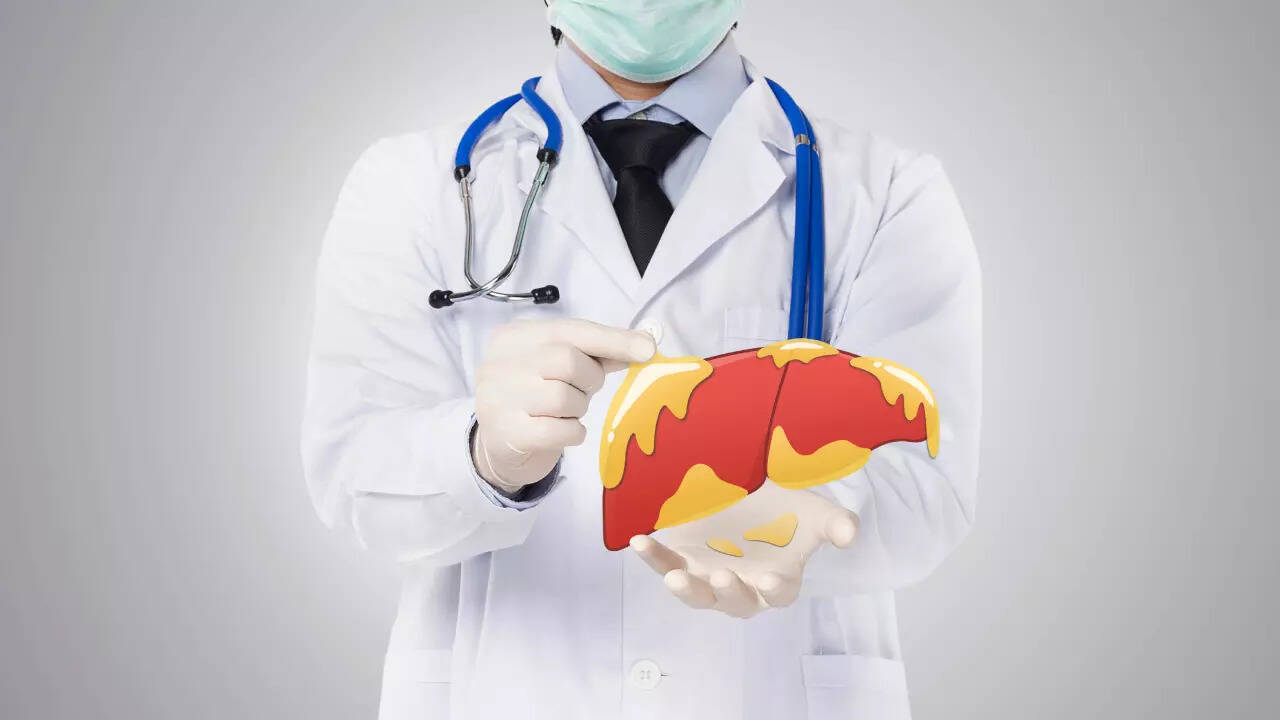Fatty liver disease, particularly nonalcoholic fatty liver disease (NAFLD), ranges from simple fat accumulation to nonalcoholic steatohepatitis (NASH). When the fat accumulation persists, it can cause inflammation and damage liver tissue, leading to nonalcoholic steatohepatitis (NASH), an advanced form of NAFLD. What makes the condition even more serious is that most people with fatty liver probably won’t notice any symptoms.
A 2022 Swedish study found that the risk of hepatocellular carcinoma (HCC), the most common type of liver cancer, in people with NAFLD was 12.18 times higher than in people in the general population. Those with NAFLD had a 1.22 times higher risk of developing other cancers.
NASH is serious, and it reflects underlying cell damage, liver fibrosis or cirrhosis, and can lead to liver cancer. While there are only little chances of NAFLD patients developing liver cancer, the risk increases significantly with cirrhosis, a late-stage scarring of the liver. Obesity, diabetes, and heavy alcohol use could further worsen the condition.















